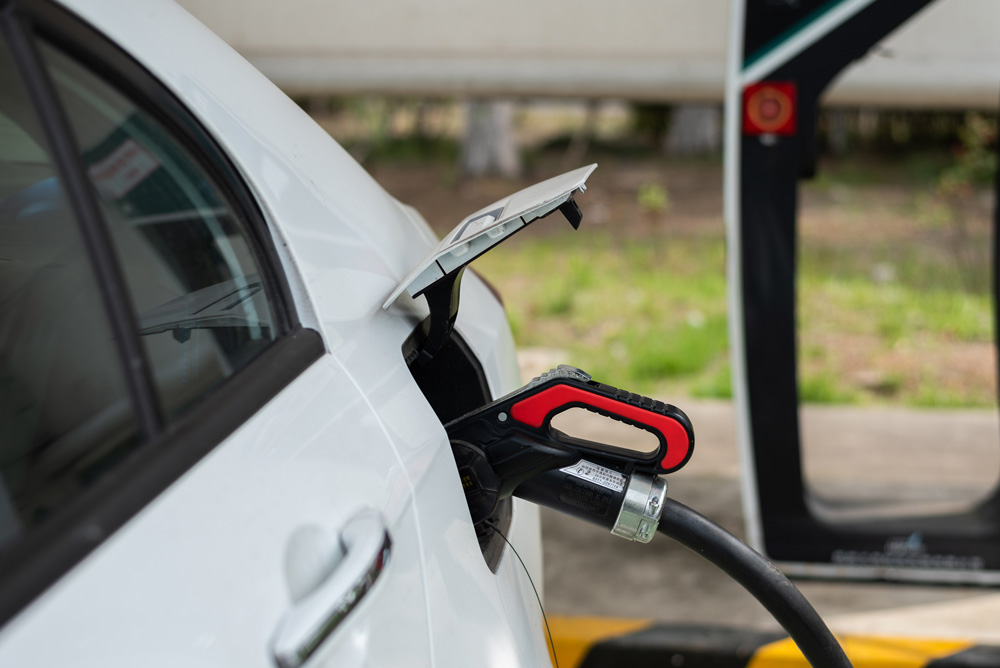On October 10, 2024, automotive PCBs are emerging as a key driver in automotive electronics amid industry-wide intelligence and electrification trends.
As vehicle safety, comfort, and intelligence demands grow, automotive electronic systems—from ADAS to EV powertrains and battery management—rely on high-performance PCBs. These must withstand harsh environments (heat, vibration) while enabling high-speed signal transmission and dense integration for system upgrades.
Intelligence demands: ADAS advancements require PCBs for precision sensors, processors, and data channels. HDI (high-density interconnect) tech allows compact, high-reliability component integration, with strict quality controls for system safety.
Electrification opportunities: EVs and charging infrastructure drive PCB demand for power conversion, thermal management, and electromagnetic compatibility. High-voltage/current tolerance and 散热性能 (heat dissipation) are critical for powertrains and BMS.
Manufacturers are investing in R&D, collaborating on custom solutions with automakers, and adopting automation to boost efficiency. Challenges include rigorous quality standards, raw material volatility, and competition.
The future holds steady growth as innovation and standardization strengthen, ensuring PCBs remain pivotal in advancing smarter, greener automotive electronics.
